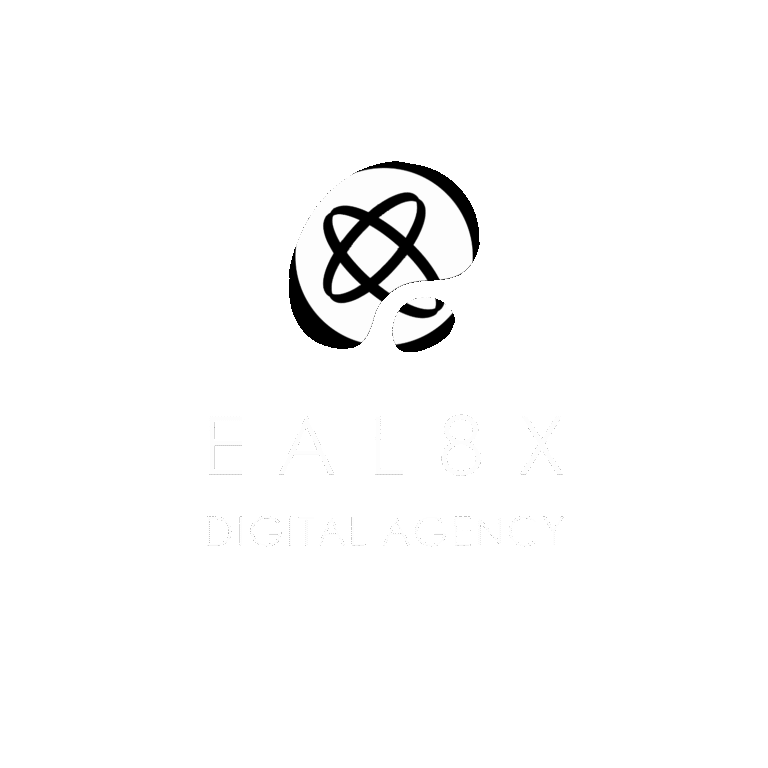Your website is often the first impression potential customers have of your brand. They form an opinion in just 50 milliseconds. Choosing whether to build it yourself or hire a professional can feel daunting. Both approaches offer distinct advantages, and the best choice depends on your budget, goals, and available time.
Here’s a straightforward comparison to help you select the path that will enhance your online presence and grow your business.
DIY Web Design: Control and Affordability
Platforms like Wix, Squarespace, and WordPress.com enable you to create a website without any coding knowledge.
Pros
- Low Cost – Free or budget-friendly plans perfect for startups.
- Creative Freedom – Modify layouts, colors, and fonts whenever needed.
- Quick Setup – Launch within hours using pre-built templates.
- Skill Building – Develop web design basics for future adjustments.
Cons
- Time-Intensive – Creating a polished site can consume weeks.
- Limited Features – Often lacks e-commerce capabilities, integrations, or advanced SEO tools.
- Performance Issues – Slow loading or poor mobile design drives visitors away.
- Scaling Challenges – Complex requirements typically exceed DIY platform capabilities.
- Branding Risks – Amateur designs can damage credibility.
Professional Web Design: Expertise That Converts
Hiring a web designer or agency means partnering with experts who seamlessly combine design, performance, and marketing strategy.
Pros
- Strategic Layouts – Designed to guide visitors toward conversion.
- Optimized Performance – Fast, mobile-friendly, and accessible.
- SEO-Ready – Built to perform well in search rankings.
- Custom Features – Solutions tailored to your specific needs.
- Brand Authority – Professional quality builds trust.
Cons
- Higher Cost – $2,000 to $20,000+, based on complexity.
- Longer Timelines – 4-12 weeks versus DIY’s quick launch.
- Less Direct Control – Dependence on the designer’s interpretation.
- Ongoing Costs – Maintenance and updates may require additional fees.
When to Go DIY
- You have a tight budget (under $500).
- The site is for a personal project or portfolio.
- You have time to learn (10-20 hours).
- You need a temporary landing page.
When to Hire a Pro
- Your site is a primary revenue driver.
- You’re targeting high-value clients.
- You need custom integrations or complex features.
- You can’t spare time to build and maintain a site.
- SEO and visibility are business priorities.
Case Study Example
A small bakery created a $200/year DIY Wix site in one week. Poor load times and mobile performance led to a 30% visitor decline. After investing $3,000 in a custom, SEO-optimized site with online ordering, their online sales increased by 40% and local search traffic grew 25% within three months.
Try A Blended Approach
- Start DIY, then hire a pro for upgrades as needed.
- Use free tools like Canva for visuals or Ubersuggest for SEO insights.
Bottom Line
Whether you choose DIY or professional design, your website drives growth. DIY works well for quick, budget-friendly projects. Professionals deliver strategic, high-performing sites that grow with your business. In 2025, a well-optimized site can increase conversions by 20% and cut bounce rates by 30%. These are results worth investing in Get in touch with us today to find out which one is best for your needs.
